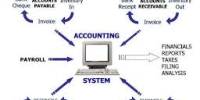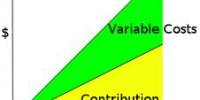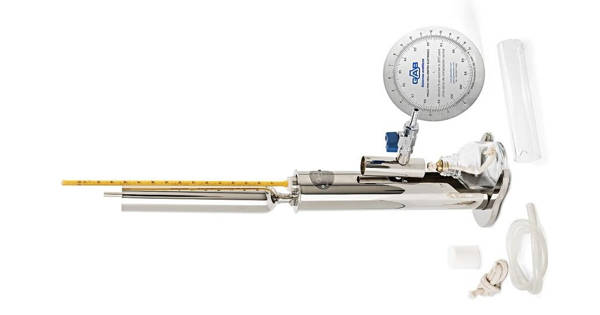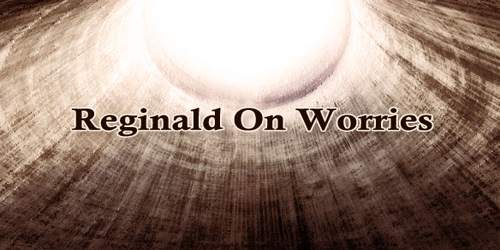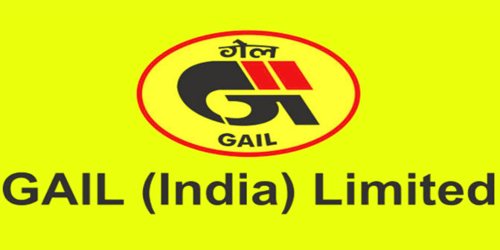Cost accounting is an approach to evaluating the overall costs that are associated with conducting business. Generally based on standard accounting practices, cost accounting is one of the tools that managers utilize to determine what type and how much expenses is involved with maintaining the current business model. At the same time, the principles of cost accounting can also be utilized to project changes to these costs in the event that specific changes are implemented.
=> Cost accounting is an approach to evaluating the overall costs that are associated with conducting business. Generally based on standard accounting practices, cost accounting is one of the tools that managers utilize to determine what type and how much expenses is involved with maintaining the current business model. At the same time, the principles of cost accounting can also be utilized to project changes to these costs in the event that specific changes are implemented.
=> In management accounting, cost accounting establishes budget and actual cost of operations, processes, departments or product and the analysis of variances, profitability or social use of funds. Managers use cost accounting to support decision-making to cut a company’s costs and improve profitability. As a form of management accounting, cost accounting need not to follow standards such as GAAP, because its primary use is for internal managers, rather than outside users, and what to compute is instead decided pragmatically.
Costs are measured in units of nominal currency by convention. Cost accounting can be viewed as translating the supply chain (the series of events in the production process that, in concert, result in a product) into financial values.
=> In modern cost accounting, the concept of recording historical costs was taken further, by allocating the company’s fixed costs over a given period of time to the items produced during that period, and recording the result as the total cost of production. This allowed the full cost of products that were not sold in the period they were produced to be recorded in inventory using a variety of complex accounting methods, which was consistent with the principles of GAAP (Generally Accepted Accounting Principles). It also essentially enabled managers to ignore the fixed costs, and look at the results of each period in relation to the “standard cost” for any given product.
For example: if the railway coach company normally produced 40 coaches per month, and the fixed costs were still $1000/month, then each coach could be said to incur an overhead of $25 ($1000 / 40). Adding this to the variable costs of $300 per coach produced a full cost of $325 per coach.


